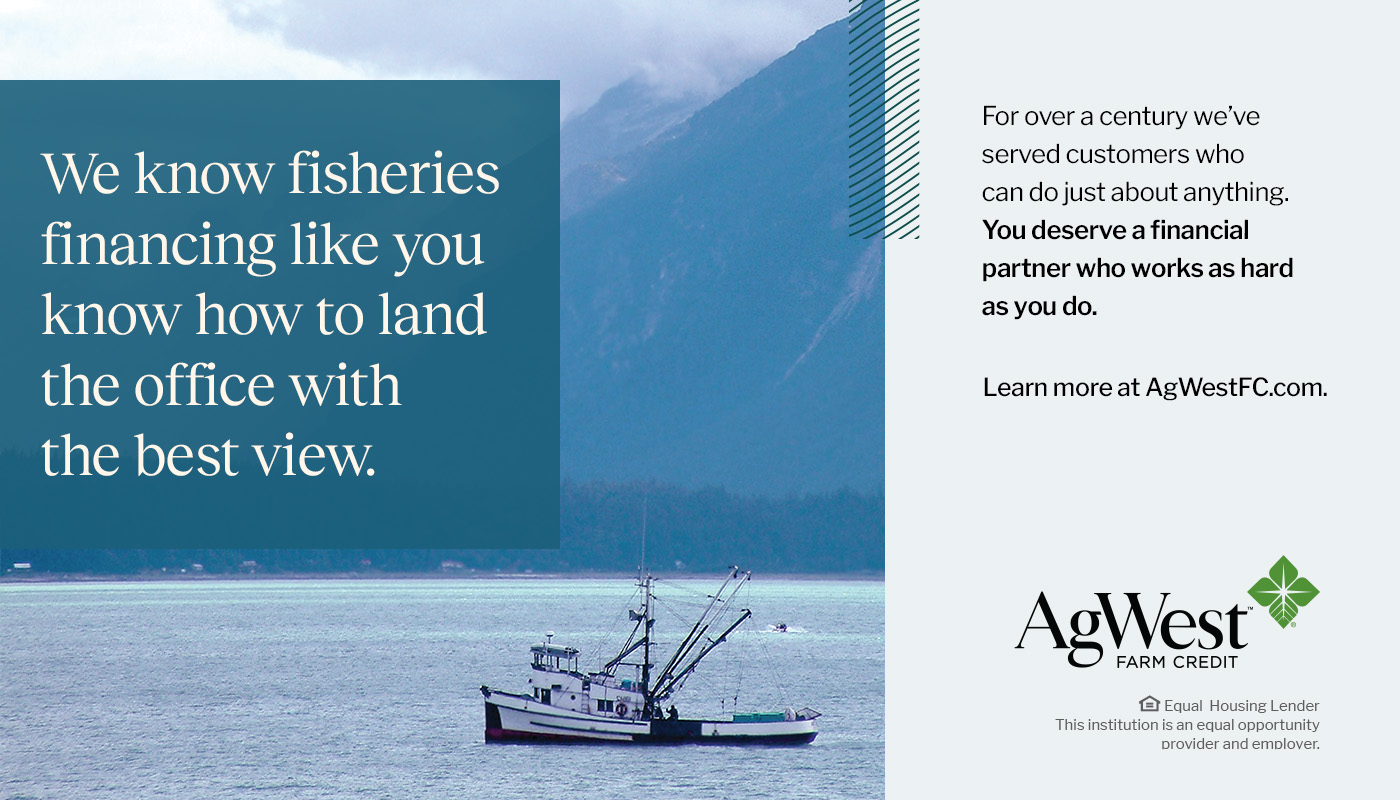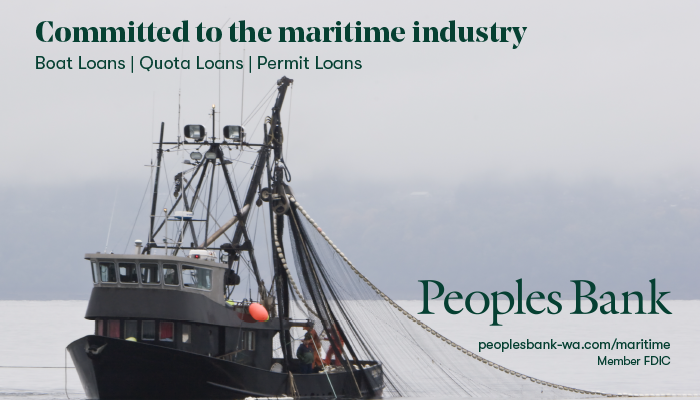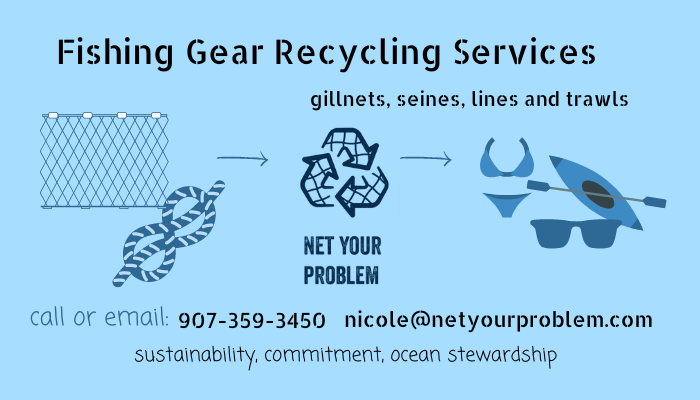The Fish Ticket
November 29, 2024
Permits & State Fisheries
Plenty of permit activity this week, and many price adjustments and new listings.
The PWS and Upper Copper/Upper Susitna Finfish and Shellfish Board of Fish meeting will be held in Cordova December 10-16. The written comment period has ended, but there will opportunity to comment at the meeting itself (or virtually). Some items are garnering heated attention:
- There are a handful of proposals (#14-#17) aimed at curbing or closing the PWS pollock trawl fishery. Proponents of the proposals would like to see no bottom contact, no king salmon bycatch, and full observer coverage. Opponents (including ADFG) say they have the tools they need to manage the fishery sustainably. More info here.
- Proposal 78 would cut PWS hatchery pink salmon production by 25%. Proponents say that such high levels of pink salmon enhancement could be harming other species, like Chinook. Opponents say there are scientific measures in place to sustainably protect wild salmon populations, and that a reduction would have dire economic consequences. More info here.
- There are a few proposals that would allow permit stacking in the PWS drift fishery (#56-#57) and allow seine fishery (#73-#74). Currently, no stacking is allowed in the drift fishery. Last cycle, the Board voted to permit two individual seine permit holders to fish concurrently on one boat and set additional gear, but did not go so far as to allow one permit holder to fish two permits.
- Proposal #5 would allow ADFG to close areas to commercial fishing with specific gear types by emergency order. The department says they need this authority in order to protect rockfish from longline gear. However, the proposal as written includes all groundfish types.
CFEC is asking for responses to a technology modernization survey. It's very short! If you have ideas for improvements or comments on what's working well, please let them know!
IFQs & Federal Fisheries
With just over a week to go in the halibut and sablefish IFQ fisheries, most boats have wrapped up their seasons. Deliveries have slowed to a trickle and most of the buyers have also called it quits for the year. The halibut dock price hovered around the $6.00 mark during November, and black cod prices were up slightly with deliveries into Juneau on the 22nd of November fetching <2 $.50, 2-3 $1.40, 3-4 $1.90, 4-5 $2.80, 5-7 $4.20, 7 ups $6.80. A reminder that the halibut and black cod IFQ season ends at 11:59 pm on December 7th. (In years past, it ended at noon on the last day of the season.)
The quota market is grinding to a halt. There are a few scattered sales, but most buyers and sellers have decided to wait until the new TACs are announced before making moves. NMFS/RAM will stop processing transfers at the end of the year and won't resume processing quota share transfers until the new divisors are published and permits are issued in late February or early March. While it’s probably too late to finance the purchase of quota now and close before the year’s end, there's still time to make that last minute tax move and pick up some quota if you're working with cash.
The IFQ halibut and sablefish season ends at 11:59pm on Saturday, December 7th. With just over a week left, the statewide halibut TAC is 80% harvested, with 2C at 87%, 3A at 89%, 3B at 86%, 4A at 55%, 4B at 31%, and 4C/D at 40%. The statewide sablefish TAC is 58% landed, with AI at 4%, BS at 33%, CG at 76%, SE at 82%, WG at 68% and WY at 83%. [more]
The IPHC held its Interim Meeting electronically November 25-26. If you missed it, find presentations and documents online here and watch recordings of the presentations on Youtube. Overall, things don't look great. But with context, they also don't look awful-er than they have in recent years. Essentially, we're seeing a continuation of downward trends in the biomass driven primarily by lack of recruitment. The biomass this year is estimated to be 17% less than last year. However, although the weight per unit effort (WPUE) is down significantly, the numbers per unit effort (NPUE) are actually ticking upward slightly. (Read: there are fewer bigger fish and more smaller fish as the older and larger year classes disappear and the younger and smaller year classes enter into the fishery.) Here's a recap by Undercurrent News.
The NPFMC will meet in Anchorage December 2-10. The Council will set TACs for BSAI and GOA groundfish and Norton Sound Red King Crab, will set charter halibut management measures for the 2025 season, review the Amendment 80 Program Review Report and the IFQ Program Review Report, and more.
What Else?
The top executives of three of Alaska's CDQ groups, YDFDA, BBEDC, and CVRF, wrote an op-ed highlighting the importance of CDQs in supporting Western Alaska coastal communities.
This week President-elect Trump proposed large tariffs on all goods from Canada, Mexico, and China. If he follows through, US seafood importers would face an additional $1.2 billion in taxes.
In very welcomed good news for sablefish, Aldi US has added a new Alaska sablefish product to its line of premium seafood offerings, noting that the grocery giant has seen strong consumer demand for premium seafood over the last year.
Northline Seafoods is strapped for cash. The new company notified creditors that it would be taking a hiatus from making payments while they [hopefully] raise more capital.
Dutch Harbor was ranked the top US fishing port by volume in 2022 for the 25th year in a row. Naknek was the #2 port by value.
Pacific Seafoods was awarded a USDA contract worth nearly $1.4 million for 108,
Russia is wrapping up their salmon season with the worst salmon harvest in twenty years - 2.5 times lower than last year's. What salmon glut?
A newly introduced US bill would grant seafood companies access to seasonal workers through the H-2A visa, which is uncapped, unlike the H-2B visa program.
NOAA received a $147.5 million grant through the Inflation Reduction Act to support “climate-ready fisheries.”
A new state analysis compares the seafood industry in 2023 to 2022. Some highlights:
- Alaska seafood processors hired fewer people but paid them more ($6,100/mo on average, compared to the statewide average of $5,700/mo for all workers) and relied more on nonresident workers (82.3%).
- The number of harvesting jobs declined by 8%, bringing the industry's total job count to its lowest level since at least 2001.
- There was a 12% drop in crew licenses purchased and an almost 8% drop in permits fished.
Fishermen's News has stopped printing magazines (again) and will move forward as a digital-only publication.
Former (as of last week) American Seafoods CEO Einar Gustafsson is making moves to purchase the company with a diverse group of investors.
This week's Alaska Fisheries Report: a statewide salmon season recap, and surprising results from a prey survey for the Southern Resident killer whales.
Last week's Bering Sea Barometer: The Pacific Marine Expo in Seattle, a small Tanner fishery, quiet fishing grounds.
A few reminders:
ASMI's annual All Hands on Deck Conference will be held in Anchorage December 3-5. Register in advance whether you plan to attend in-person or virtually.
Alaska Sea Grant is hosting a five-session direct marketing workshop for those considering or currently direct marketing seafood in Alaska. The program is entirely online, held in the evenings, 5:30-8:00 pm December 2, 4, 6, 9 and 11. The cost is $50.
NMFS has proposed a new fee starting in 2025 to support the Recreational Quota Entity Program. The rule would require a daily charter halibut stamp for all guided anglers. The funds would help increase the amount of halibut available to the charter sector to ease restrictions. The comment period ends December 2. Comment here.






